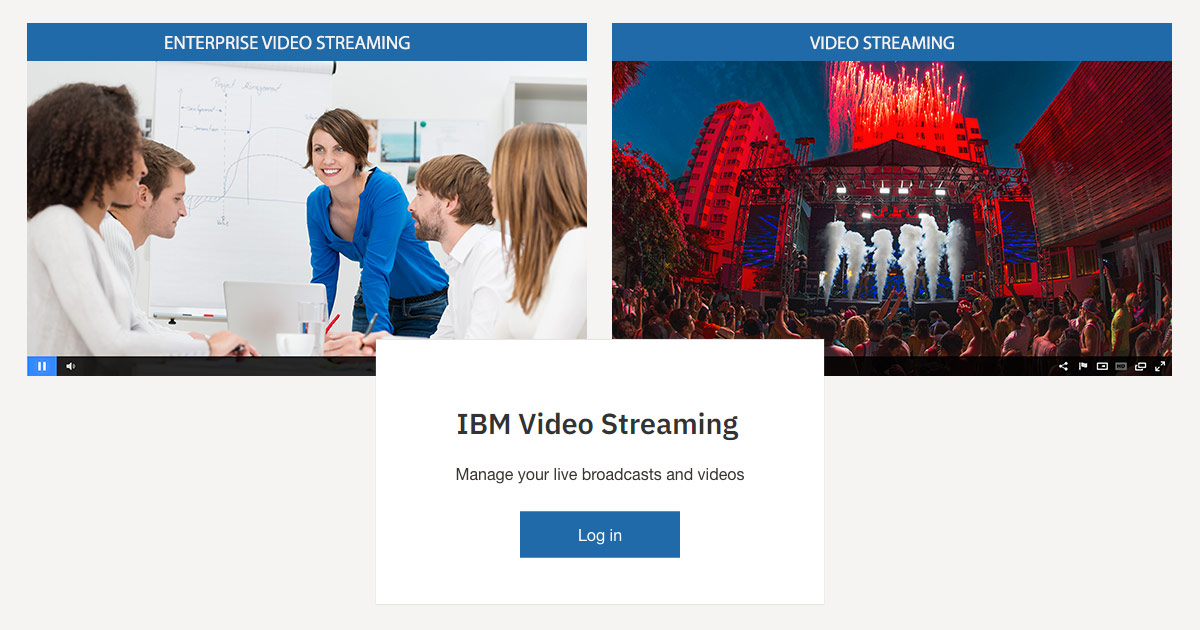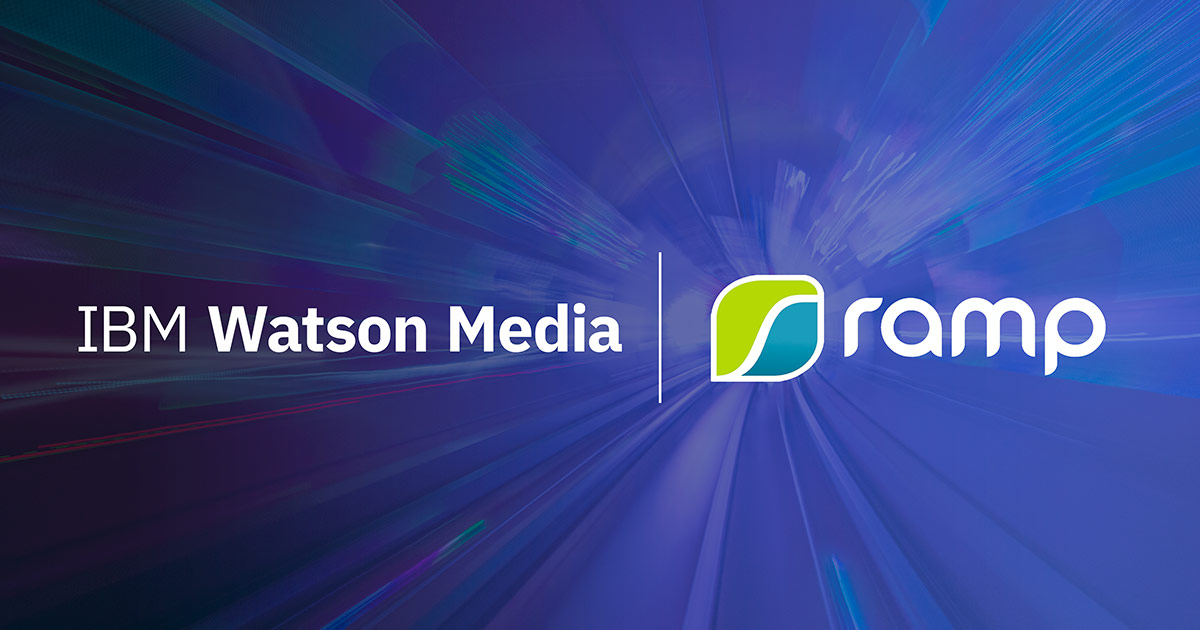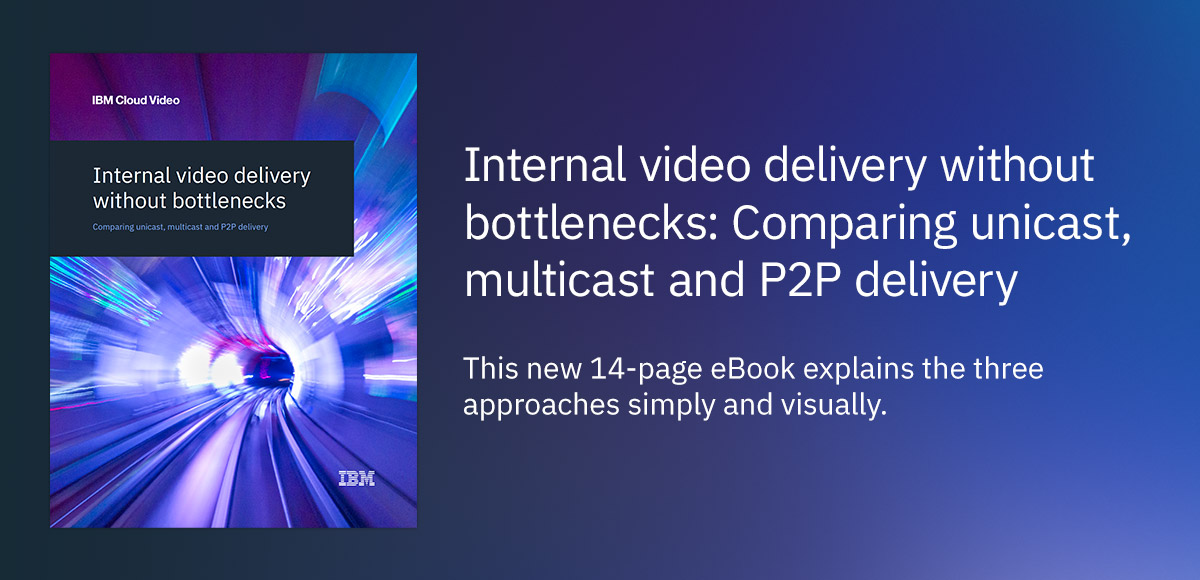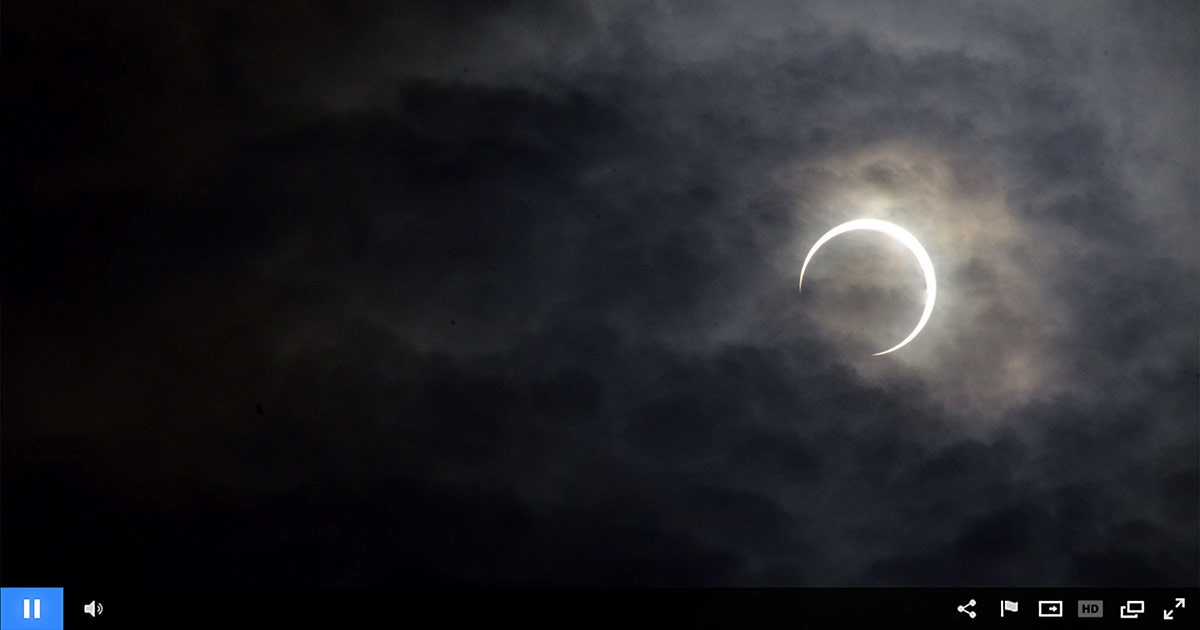
Video is shaping the way organizations do business, both internally and with customers. When surveying over 1,500 executives, Wainhouse Research discovered that over 81% describe online video as an effective tool for communicating work-related information. At the same time, dramatic shifts are happening within marketing toward video applications. In fact, by 2014, 93% of marketing professionals were using video content for online marketing.
This creates a situation where video is widely used amongst employees, but also used to drive and engage prospects. IBM created services to address both of these needs, although they exist in separate products. This added additional work and extra coordination from those who might work cross functionality for their companies video needs. To address this, IBM has introduced an organization feature for video platform management. This allows administrators to access both accounts, video streaming and enterprise video streaming, and also quickly switch between them if they need to shift from an internal to external activity. In addition, the organization feature launches with an expansion to the login process through the introduction of SSO (Single Sign-on) administration access. This allows individuals to login and begin managing their accounts using the same login credentials they use for other applications at their job. Ultimately, these changes simplify managing a company’s streaming activities, while also giving an easier, safer way to access








